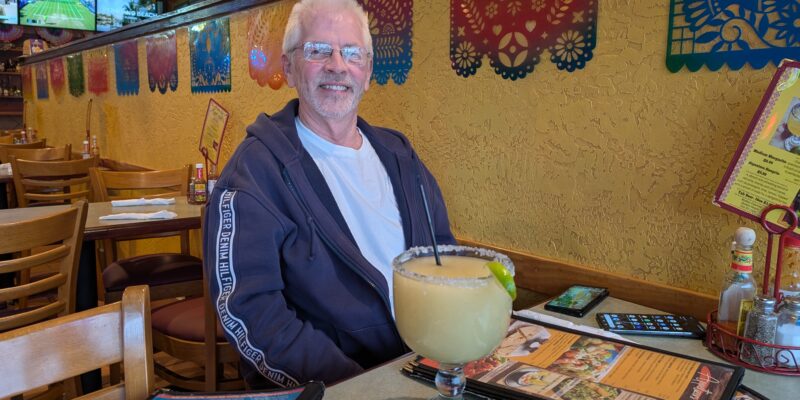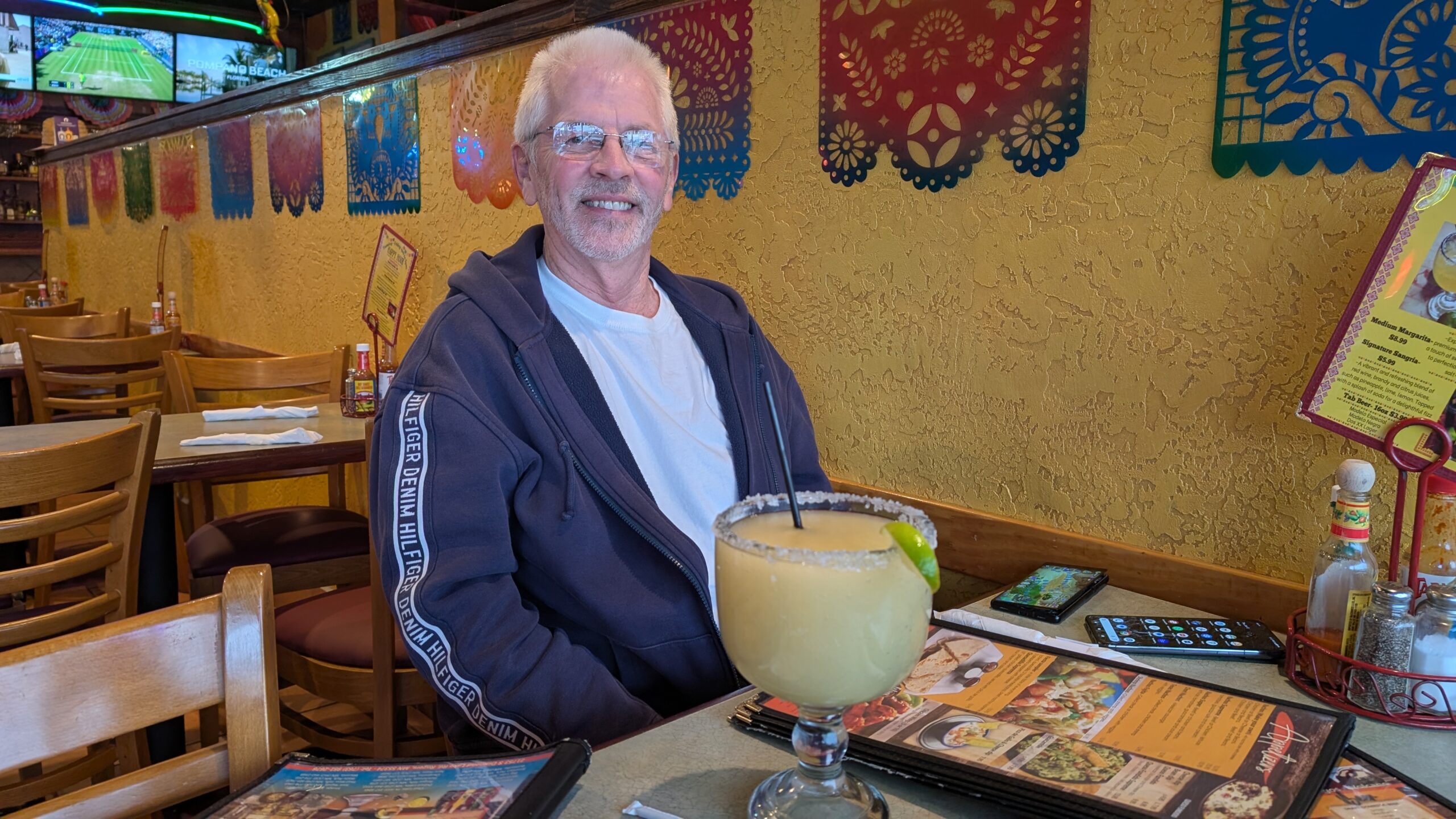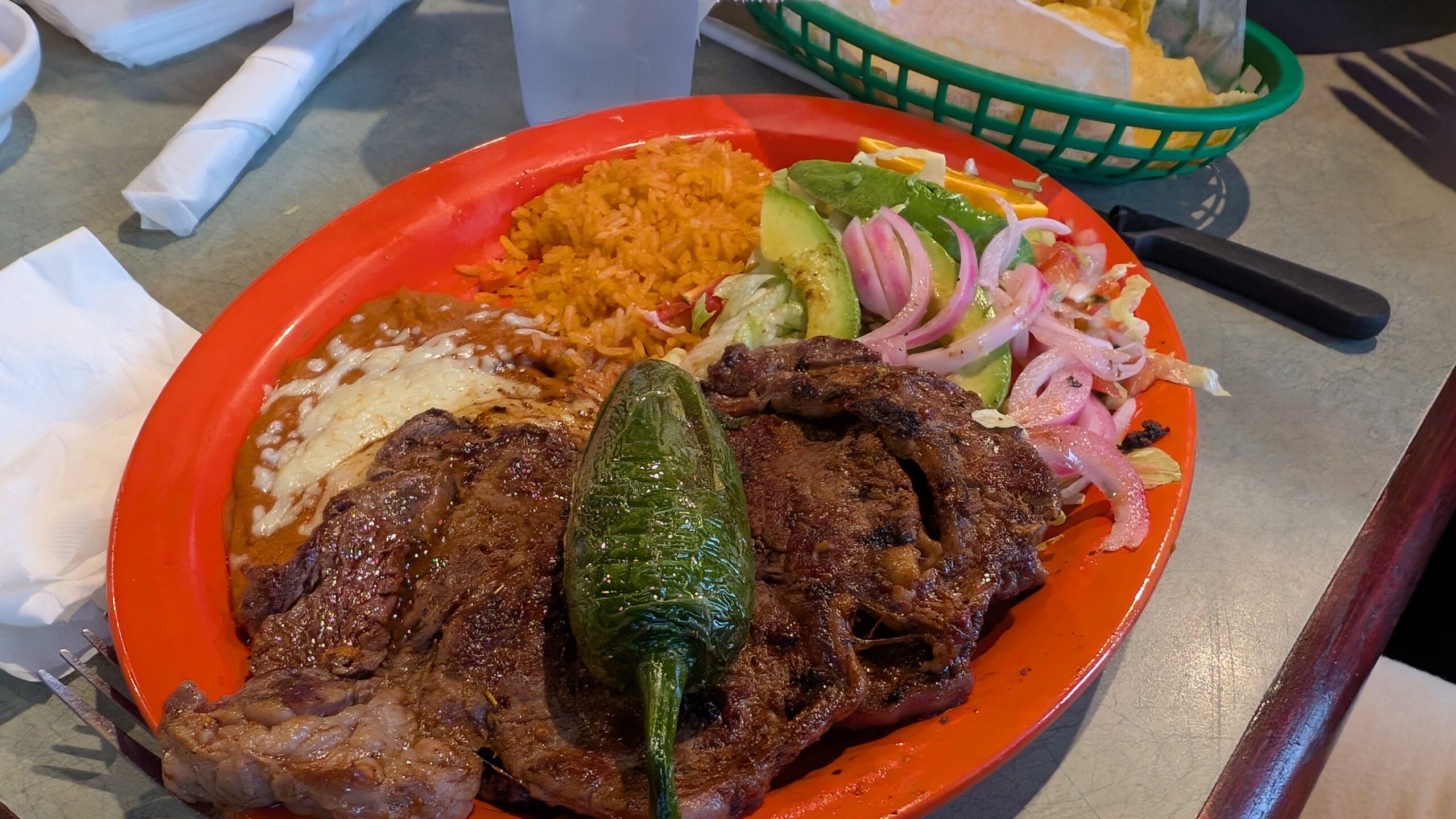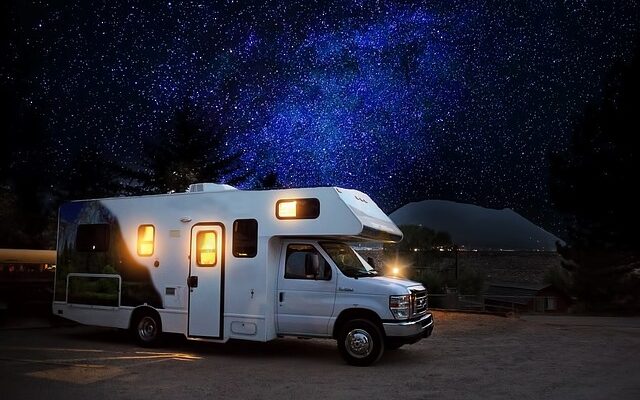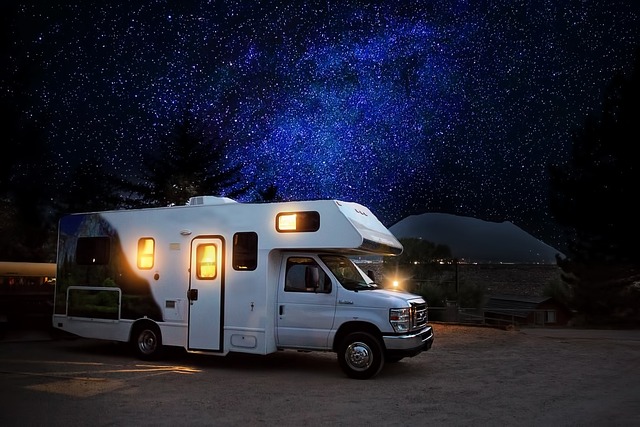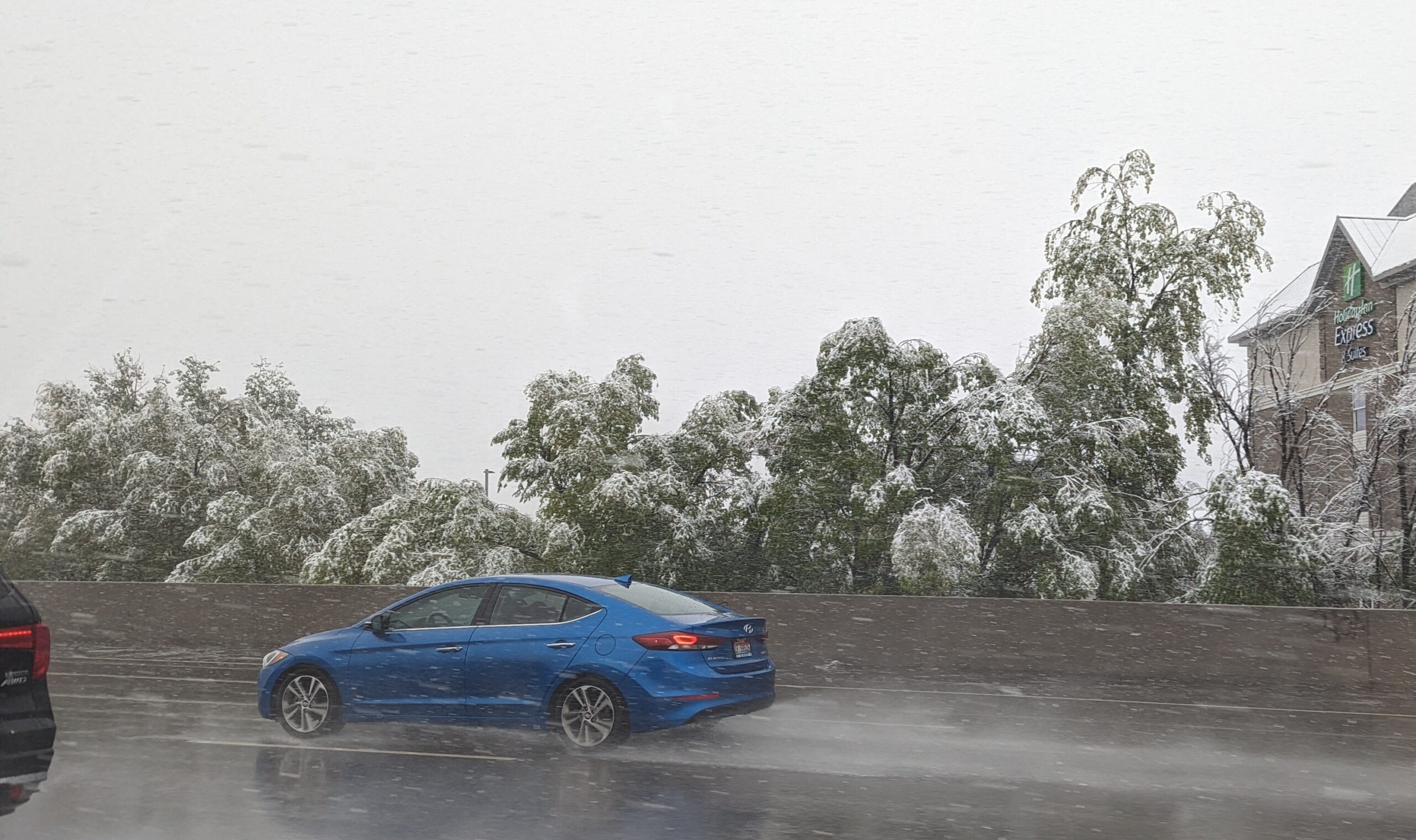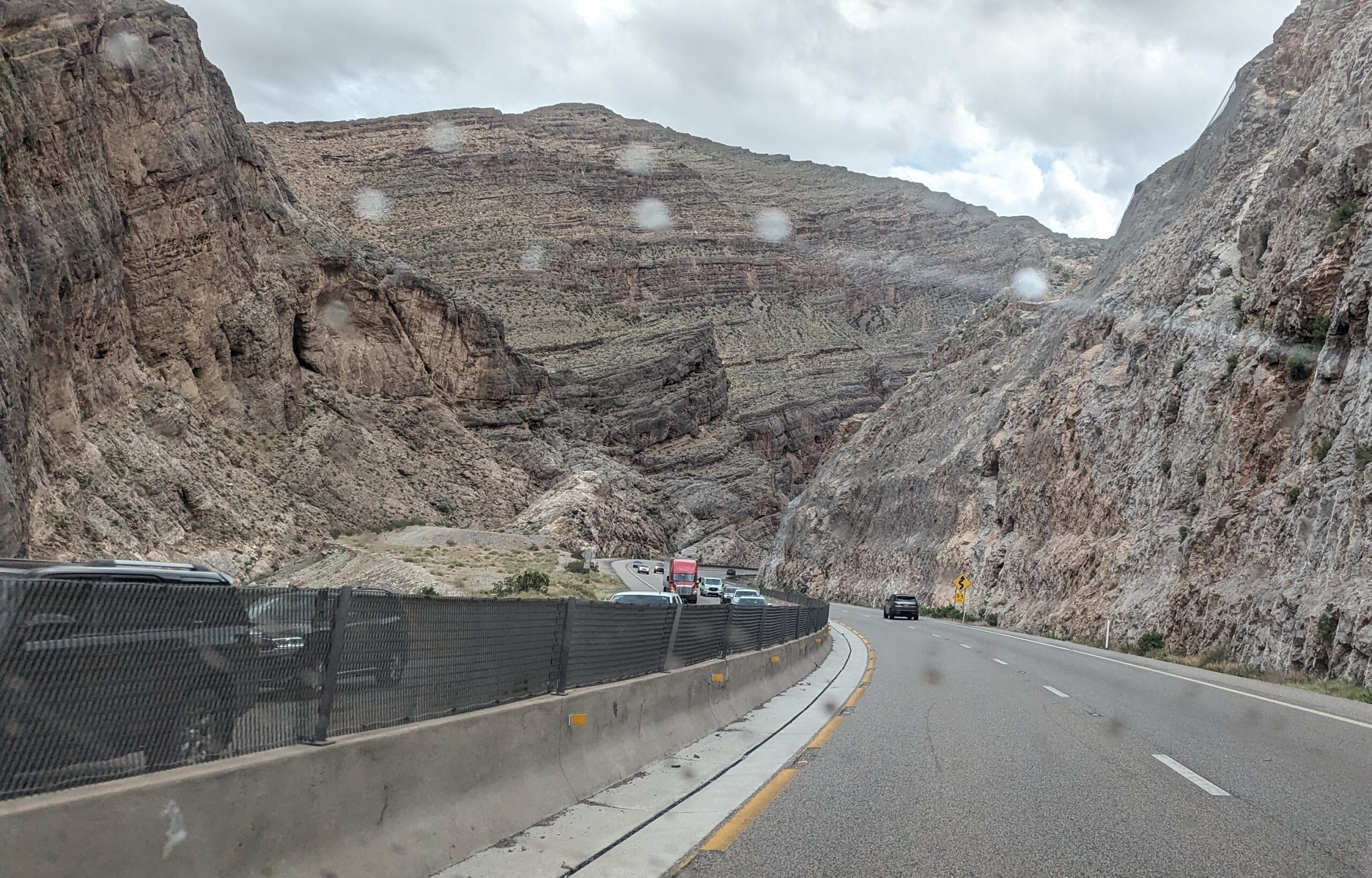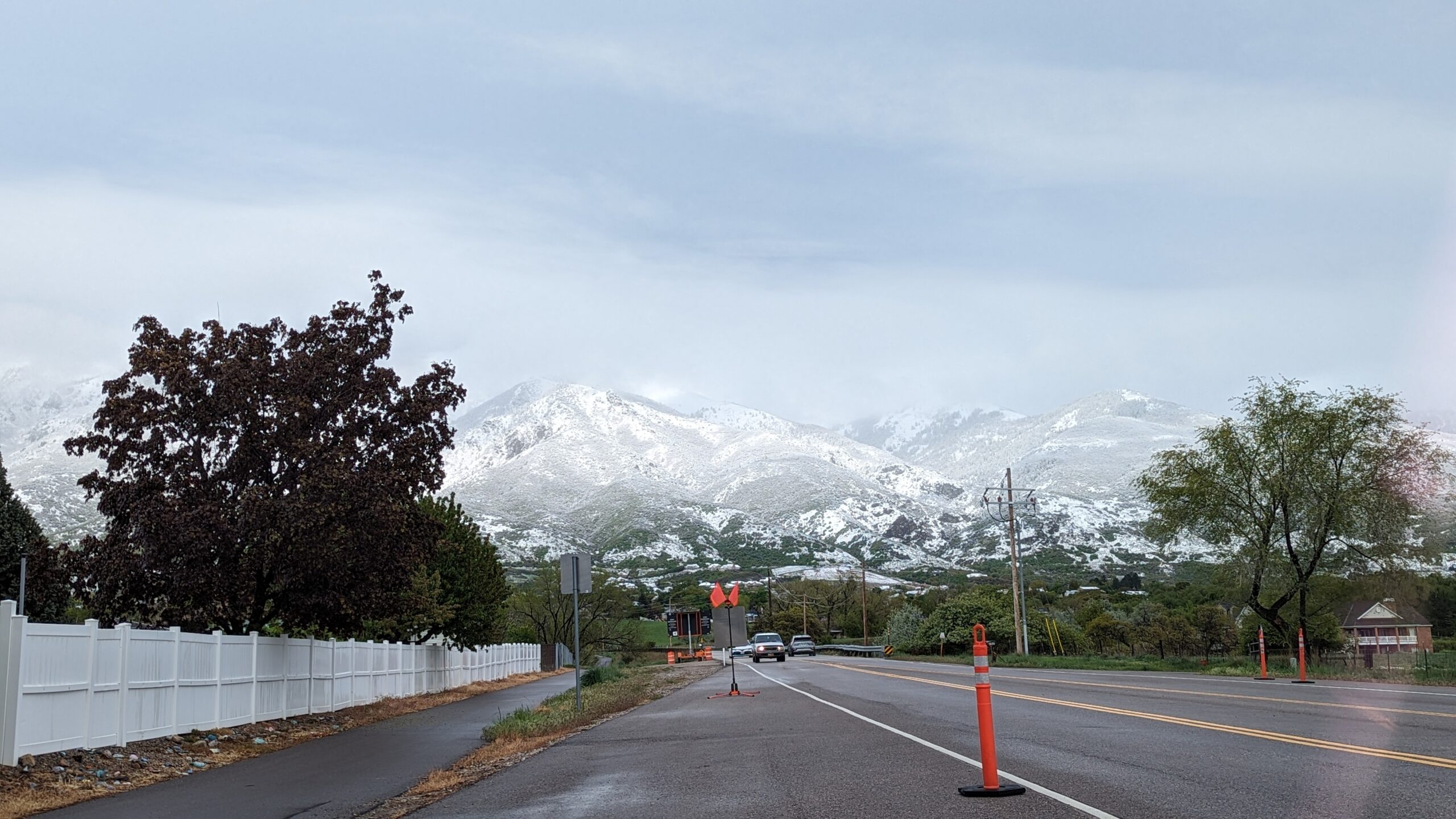
From Travel+Leisure online magazine:
“What to Know About Applying or Renewing a Passport During the Government Shutdown
The government shutdown, which started on Oct. 1, continues to drag on. Here’s how it’s impacting passport applications and renewals. By Published on October 24, 2025
Applying for or renewing a passport can be stressful, especially when preparing for an international trip. The government shutdown, which began on Oct. 1, 2025, has impacted many federal services, but for those traveling abroad, there shouldn’t be cause for concern, as passport processing hasn’t been affected. Passport processing is part of Consular Affairs, which is considered an essential service. “During the lapse in government funding, consular operations domestically and abroad will remain operational. This includes: passports, visas, and assisting American citizens abroad,” according to the Department of State website.
Congressional appropriations don’t fund passport processing; rather, processing is primarily funded by passport applications, so the government shutdown doesn’t directly impact this service. “Passports are funded through the U.S. Department of State and are primarily fee-funded, meaning passport issuance isn’t dependent on government funding,” says Sarah Silbert, managing editor for Points Path.
Processing times haven’t changed since the government shutdown. Routine processing time is 4 to 6 weeks, and expedited service is 2 to 3 weeks, according to the Department of State website. Mailing times are not included in these estimates; it can take up to an additional month for them to receive the application and then mail out the completed passport.
Traveling internationally in two weeks or less? Request an appointment through a passport agency or center. “Those needing urgent travel documents should book an in-person appointment at a regional passport agency and bring proof of imminent travel within 14 days,” says Reza Motalebpour, founder and CEO of INGWE Immigration.
Dr. John Rose, chief risk advisor for Altour, renewed his passport and book this October, with the whole process taking 13 days. “That shows the system is working efficiently right now, but travelers should not assume that will remain the case if the shutdown drags on.”
It’s advised to plan ahead and allow for possible delays in processing if you’re currently applying for or renewing a passport. “There could be delays if passport-processing staff are impacted by furloughs or shutdown of other government agencies,” says Silbert. Reduced agency staff and staffing disruptions within the government could cause processing to take longer than normal. Motalebpour adds, “In the 2018-2019 shutdown, for example, passport operations continued at most locations, although delays of one to two weeks were common due to reduced staffing and slower security clearances.”
Fortunately, we renewed our passports last year for the second time since we began traveling in 2012. Currently, we have nine years remaining on each of our passports. At one point, we also had four-year passports as an adjunct to our ten-year passports, which enabled us to apply for visas that, at that time, may have required us to send in our passports with the applications. But processes have modernized and changed in most countries where applications are submitted online.
Packing continues today with only two days until we board the ship.
Be well.
Photo from ten years ago today, October 25, 2015:


